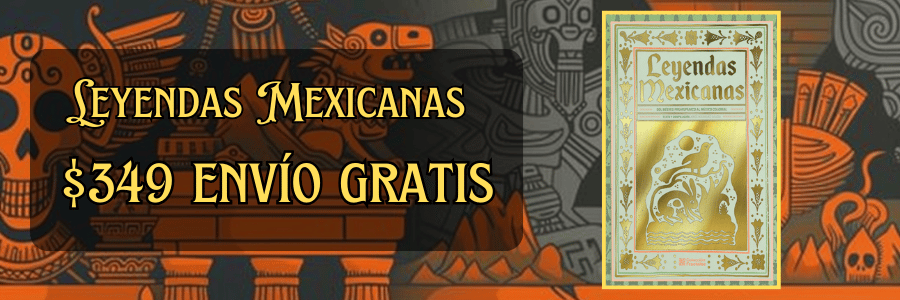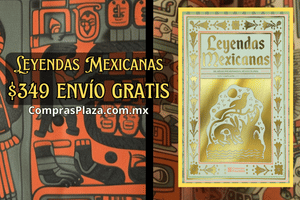Human Sacrifice in Mesoamerican Civilizations: An Overview
Human sacrifice has captivated the imagination of historians, archaeologists, and the general public alike for centuries. Among the various cultures that practiced this grim rite, the Mesoamerican civilizations stand out for their complexity and the sheer scale on which such sacrifices occurred. Herein, we will explore the multifaceted nature of human sacrifice across Mesoamerican societies, including its cultural, religious, and social dimensions, as well as the peculiarities associated with different civilizations such as the Aztecs, Maya, and others.
Human sacrifice in Mesoamerica was not merely a barbaric act of murder but was deeply entwined with religious beliefs and cosmological views. Most Mesoamerican cultures believed in a pantheon of gods who required sustenance to maintain the balance of the universe. For these societies, the life-force of a human being was the most potent offering they could provide. Without constant sacrifices, it was perceived that natural disasters, calamities, or the collapse of the entire cosmos awaited. Consequently, human sacrifice was framed not just as an act of devotion, but as a necessary ritual to ensure the continuation of life itself.
In the context of the Aztec civilization, which flourished in the 14th to the 16th centuries in what is present-day Mexico, human sacrifice reached its most intense expression. The Aztecs held an elaborate religious ideology that revolved around the sun god Huitzilopochtli. According to Aztec cosmology, the sun required human hearts to rise each day; therefore, the offering of human life was considered vital for fiscal and spiritual survival. It is estimated that thousands of individuals were sacrificed each year, particularly during sacred festivals. These acts would often take place atop the great pyramids of their cities, where priests would conduct the rites.
The victims were sometimes war captives, but it was also common for Aztecs to conduct ritualistic killings of volunteers who willingly offered themselves as sacrifices. This aspect further complicates our understanding of the practice, as it was not always a forced act. In some cases, individuals viewed the opportunity to be sacrificed as a chance for eternal glory or favor with the gods. Ritualistic clothing and adornments were critical; the volunteers often donned the regalia of deities, symbolizing that they were transforming into divine entities. This cultural perception transformed death from a finality into a transcendent experience.
The Maya civilization, which held sway across the Yucatán Peninsula, Guatemala, and parts of Honduras, also practiced human sacrifice, but the nuanced reasons and methods varied considerably from those of the Aztecs. While the Maya did engage in public sacrifice, including decapitations of prisoners and the cult of blood offerings, their approach often employed rituals that emphasized the shedding of blood rather than outright slaughter. The Maya considered blood offerings—those involving the drawing of blood from a priest or a noble—as vital offerings to their gods. This would extend to practices involving piercing or cutting into the skin for floral essence, as well as the ceremonial decapitation of captives.
Moreover, while the Aztecs conducted large-scale sacrifices in a central temple context, Maya sacrifices were often integrated into more localized rituals and festivals. Archaeological records reveal that rulers and important lineage members sometimes engaged in sacrificial acts to signal and reinforce their divine right to rule. Specialized ceremonial sites, such as cenotes or caves, were also significant. In contrast to the grand pyramids of the Aztec Empire, these environments served as hidden spaces where the Maya could perform sacrificial rites that emphasized their deep spiritual connection to the land and soul of the earth.
In the broader Mesoamerican context, various smaller civilizations, such as the Olmecs and the Toltecs, also practiced human sacrifice, albeit less systematically than the Maya or the Aztecs. The Olmecs, characterized by their colossal basalt heads and early developments in astronomy, likely conducted sacrifices as part of their religious rituals, though the exact nature and extent of such practices are not as well-documented. The Toltecs, considered precursors to the Aztecs, worshiped Quetzalcoatl, the feathered serpent deity, and incorporated sacrificial elements into their religious practices, although little concrete evidence supports large-scale public sacrifices.
Apprehension with human sacrifice is often accompanied by sensationalized narratives that portray Mesoamerican cultures as savage and barbaric. However, it is essential to recognize the societal context within which these practices occurred. Human sacrifice was often a community endeavor, imbued with a sense of collective responsibility for the well-being of the people. The social structures surrounding these rituals facilitated societal cohesion and reinforced hierarchy, binding communities through shared religious experiences. Sacrifices hoped to invoke not only deities' favor but also to reflect a civilization's power through successful campaigns of warfare.
Mesoamerican human sacrifice was reciprocal; the sacrifices involved a complex interplay between the spiritual and the material. Wars were often waged, not just for territorial expansion but primarily to capture captives who would be offered as sacrifices. The concept of conflict was thus intricately tied to religious observances. The captured warriors were often esteemed figures within their cultures; their presence raised the stakes of the offering, amplifying its potency in the eyes of the gods. The selfsame relationship between warfare and sacrifice illustrates how the needs of society fluctuated with divine will, which at times required the shedding of blood for prosperity in the agricultural context.
Furthermore, the arrival of European colonizers led to the dramatic alteration and eventual near-eradication of these practices. The Spanish conquest of the Aztec Empire in the early 16th century marked a significant shift in religious and cultural practices. While some records depict the brutality of sacrifices in grim detail, it is crucial to understand that these narratives were often skewed by colonial perspectives seeking to justify their campaigns against the indigenous peoples. The Spanish authorities aimed to eradicate these "pagan" practices, exerting both forceful and ideological means to do so, which ultimately led to a significant decline in human sacrifice.
Despite the collapse of many indigenous practices following colonization, the examination of Mesoamerican sacrifices has continued to evolve over the years. Contemporary Native groups, descendants of these ancient civilizations, often seek to reclaim and reinterpret their heritage. Rituals with sacrificial elements continue to be performed, though they take on different meanings in modern contexts, encapsulating a blend of traditional practices and contemporary beliefs. These adaptations offer ironic twists in how culture persists and transforms through time, giving emphasis to the importance of tradition, festival, and communal identity.
In scholarly discourse, there remains an ongoing debate about the interpretation of human sacrifice within Mesoamerican civilizations. While some scholars observe a critical moral lens when deciphering these practices, others urge caution against imposing contemporary values onto ancient traditions. The complexity of human sacrifice cannot be reduced to a singular understanding, nor should it serve as a basis for broad generalizations about the regions in question. Recognition of the diversity of beliefs, practices, and societal needs across various Mesoamerican cultures must be at the forefront of discussions.
In conclusion, human sacrifice in Mesoamerican civilizations was a phenomenon woven intricately into the fabric of cultural identity, religious belief, and social structure. Whether through the elaborate ceremonies of the Aztecs or the sanguine rites of the Maya, these acts were emblematic of the profound relationship between divinity and humanity. Viewing these practices within their historical context begs an appreciation for the motivations and purposes underlying them. Much more than mere brutality, human sacrifice can be seen as a testament to the interwoven complexities of life and death, faith and survival—an intricate dance played out against the broader themes of existence. Understanding this rich tapestry invites us to reflect on our notions of sacrifice and the value placed on life across human history.
Explore More:
| How the Mexican Revolution Changed the Role of the Catholic Church |
| Education and Schools in Colonial Mexico |
| Women’s Rights in Mexico: Progress and Struggles After the Revolution |
| How the French Invasion of Mexico Impacted the Mexican Monarchy |
| The Artistic Legacy of Mexico’s Colonial Period: From Paintings to Sculpture |
| The Role of Oil in the Development of Alternative Fuels |
| How Mexican Artists Are Reimagining Their Cultural Roots |
| The Artistic Expression of Mexico’s Indigenous Communities |
| The Role of the Chichimeca in the Silver Mining Boom of Zacatecas |
| The Diplomacy of the French Intervention: Letters and Treaties |



